I’m not always one to follow trends, especially regarding the cameras I use. But there is some wisdom in reviewing cameras that are still reasonably trendy within the film photography community. And doubly so when that camera is significant within the overall history of photography within the consumer sphere. That camera is the Canon AE-1. While the AE-1 Program and F-1 get much fanfare, the AE-1 remains a stalwart consumer camera that has maintained much of its following within the modern film photography community. It is often found on big-name Instagram and YouTube Accounts, loaded with Portra 400, and sold well above their actual value. And that’s not to say the AE-1 isn’t a worthwhile camera; it has been overly hyped. But does it live up to that hype? That is what I’m here to figure out in this review. Thanks to Craig Williams for donating this camera for this review and two lenses.
Camera Specifications
Make: Canon
Model: AE-1
Type: Single Lens Reflex
Format: 135 (35mm), 36x24mm
Lens: Interchangeable, Canon FD-Mount
Shutter: Horizontal Travel, Cloth Focal Plane, Electronic Controlled, 2s – 1/1000s + Blub
Meter: TTL SPC, Centre Emphasis Averaging Meter, EV1 ~ EV18 @ ASA-100, ASA-25 – ASA-3200
Dimensions (WxHxD): 141x87x47.5mm
Weight: 620g (Body Only)
Power Source: 1 6V 4LR44 Battery
Year of Manufacture: 1976-1984
Background
Founded in 1933, Seiki Kogaku Kankyujo or Precision Optical Laboratory, set out to build a high-quality 35mm rangefinder camera for the Japanese Market. They purchased a Leitz Leica II to assist them, then dismembered the camera and studied how it worked. Using the Leica II as a template, the company produced a prototype Kawnon in 1934. It was named for the Buddhist bodhi hova of mercy. While only a prototype, it provided the skills needed to produce a production model camera, the Hansa Canon, although Hansa was dropped a year into production. As Seiki Kogaku focused on cameras only, they initially sourced the optics from Nippon Kogaku with a series of LTM lenses for the Canon. The Canon was far from the perfect copy of the Leica II; with a combined viewfinder/rangefinder and traditional loading, they proved a solid camera in the Japanese Market. Starting in 1937 the desire to produce lenses became apparent and soon Seiki produced Serenar lenses were being produced by the company. During the War, Seiki’s production plants escaped the widespread destruction caused by Allied bombing campaigns. In the post-war era, Canon rangefinders proved popular among domestic, export and occupation markets. Rangefinders remained the primary camera type for Canon (renamed Canon Camera Co in 1947); the company also diversified and began the production of lenses in 1951. When Nikon began to develop an SLR, so did Canon, releasing the Canoflex in 1959 (alongside the Nikon F). The Canoflex was a typical SLR with an interchangeable lens system. Using a breach-lock bayonet mount called the R-Mount. Canon’s R-Mount series would run for several models. In 1964, the Canon FX launched with an updated lens mount, the FL-Mount. While on the surface, the same as the R-Mount, the FL-Mount allowed for open aperture TTL Metering. Canon would again update their lens mount in 1970 with the FD-Mount and released it alongside their first professional camera, the Canon F-1. But another camera in the FD-Mount served as Canon’s testbed, 1973’s Canon EF. The EF was unique because it is an electro-mechanical camera that uses mechanical shutter speeds from 1/1000s to 1/2s and then switches to an electronic control for 1s to 30s. It also allowed users to use auto-exposure with shutter priority on their FD lenses. The 1970s also brought advancements in semiconductor technology and micro-circuitry. Taking advantage of these advancements, Canon released the AE-1 in 1976. At its core, the AE-1 used a microchip to control the shutter and the exposure. It allowed for metered manual and shutter priority auto-exposure and marketing this camera towards the consumer market, making it an industry first. Despite the advanced internals, the simple build and plastic body elements made the camera affordable for the consumer. And photographers jumped on the AE-1, with millions being made and sold. And it remains a popular camera today, along with its 1981 successor, the Canon AE-1 Program. Although production of the AE-1 continued until 1984.




Impressions
When you picture a Canon SLR from the late 1970s and early 1980s, the AE-1 is the camera you will form in your mind’s eye. The lines are clean, and the overall design is simple. It is the perfect bridge between the mechanical cameras of the previous generation of mechanical beasts and the electronic cameras that were starting to come into more common use. The AE-1 is available in two finishes, a two-tone black and chrome and an all-black version. There are no variants or special editions of the AE-1; you can also attach the Canon Power Winder A and A2. With the Power Winder A, you could shoot at two frames per second at either 1/60s or 1/100s. You can also attach a Canon Data Back A to imprint the date onto each frame. The AE-1 is still made mainly of metal but with several plastic parts. The most significant plastic piece is the top plate, covered in a metallic coating. This hybrid construction helps keep the weight down, but only a little to make it feel cheap. You can easily carry the camera around without it being burdensome. The control layout is excellent and straightforward, with your shutter button, film advance and shutter speed dial all easily reached; the placement of the shutter speed dial allows easy use with your thumb while holding the camera. The viewfinder is decent, clearly indicating the aperture with a needle-style display and a good split prism to help focus. While the AE-1 makes a good impression, there are a couple of weak points; the first is the battery compartment. The door is relatively weak, and the latch can give out, so the door hangs open or snaps off. Second is the metallic coating on the top plate; it can flake off. Both these issues are cosmetic and have no impact on the camera’s functionality.
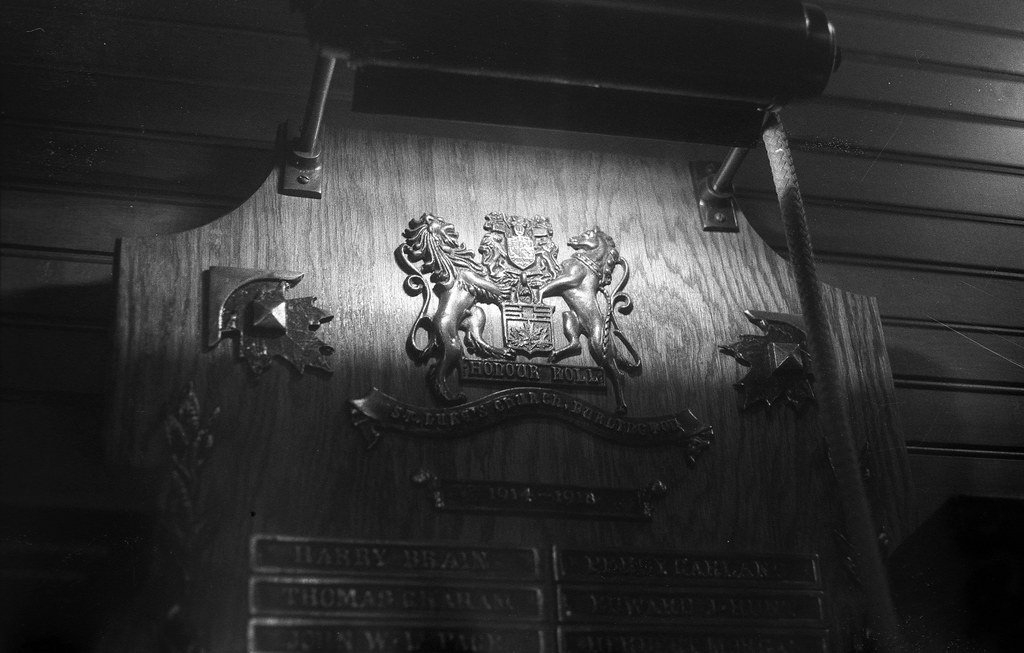

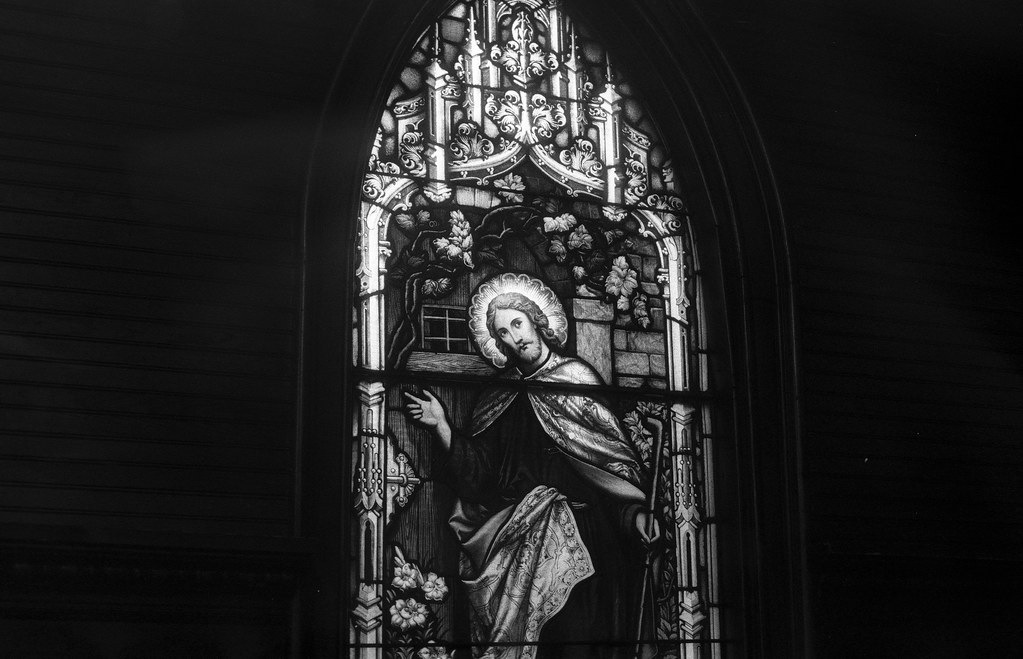
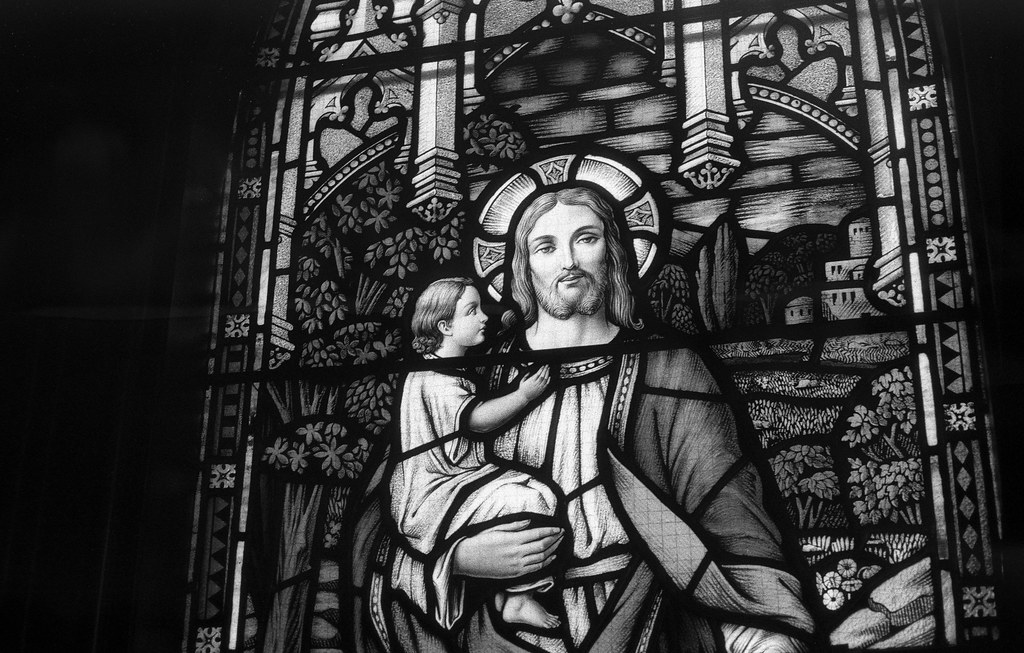
Experiences
There is a delightful simplicity to working with the AE-1; remember, this is a camera aimed at the consumer market, so things need to be straightforward. The camera is well balanced, the body is not too heavy, and with a good strap is easily carried around without too much burden. With a lens, it is well-balanced, even with the longer options. The one thing I wish that the AE-1 had is the Quick Load feature from previous generation cameras, although if you know how to load film into a SLR, the AE-1 is quickly loaded up. Mounting the lens can be tricky if you’re not used to the FD-Mount. Now this also depends on the generation of lens you have; with the original FD-Mount, you have to hold the lens in place while you twist the locking collar, while the New FD-Mount has a more traditional twist of the entire lens body to lock it into place. Also missing is an on/off switch, so make sure that you take out the battery when you’re done using the camera and carry a couple of spares on you. Unlike the K1000, which lets you put the lens cap on and turn off the meter, this is not true with the AE-1. This little problem affects some, but not all, cameras of the series, so it is always best to remove the battery. Once locked and loaded, the camera can efficiently operate and provides delightful feedback. As the camera runs as a shutter priority, set the speed you want and put the lens’ aperture ring in the “A” position. In the viewfinder, you will see a needle-scale display indicating the aperture the camera’s meter tells you. The one missing thing is an indication of the selected shutter speed. There are positions for either over or under the maximum limits of the lens, so use your thumb to adjust the shutter speed dial until you’re happy with the metered aperture. *Yadda, Yadda, Metered Manual.* Don’t be afraid of the camera’s meter; I never had any issues with the meter in the AE-1, shooting films that aren’t forgiving to those with plenty of latitude. And this includes mixed and tricky situations. While the camera doesn’t have the typical squeal of the shutter, there is plenty of feedback from the shutter and a short stroke on the film advance. While you can have a power winder, it would be overkill for the low frames-per-second it provides. The viewfinder is decent, with a good split prism to help with focusing. Once done with the roll, rewind the film, the release button on the camera’s bottom plate and then take out that battery. Overall, the AE-1 is an excellent camera; there’s nothing overly special or unique. It does the job, and it does it well; a superb learner camera that is a step up from an all-mechanical and manual camera.




Optics
Canon certainly ensured that there was a wide range of lenses available in the FD-Mount from the start, and the best part is that the lenses themselves stayed the same how they interfaced with the camera from the start. That being said, there are two different types of FD-Mount lenses. The FD-Mount is a breach-type bayonet mount with two links to the camera body to control lens functions. The original lens version used a locking collar, where you would mount the lens and twist the collar to secure the lens in place. The second version uses a more traditional mount and twist to connect the lens, and then the release is on the lens itself. Besides some minor cosmetic changes, the original FD and newer FDn lenses are the same optically. So it is a matter of personal taste which lens you go with; I’m not one for a perfectly matching kit, so I go with what I can get for a reasonable price. Although for ease and familiarity of use, the FDn lenses are better. What would make an excellent basic kit for the AE-1? Many would want the best and fastest lenses out there, but they come with a higher price tag, and the AE-1 is a consumer camera, so try some of the more budget-friendly options. A good choice for a wide angle is the 28mm f/2.8; for a normal lens, there is nothing better than the nifty-fifty, the 50mm f/1.8; try and get the S.C. version. For a telephoto, a solid budget-friendly option is the 135mm f/3.5. You can pick up these lenses for under 100 $ on the used market, as they are usually overlooked. There are many other lens options, and Canon Glass is spectacular. But one thing to watch out for, some lenses are more desirable than others, primarily because of mirrorless cameras and adapting these lenses. So prices on some lenses have been driven up because of this; some services will rehouse the old FD lenses for use on dedicated cine cameras, again pushing prices up. But even budget-friendly lenses will give you excellent results at a more reasonable price.
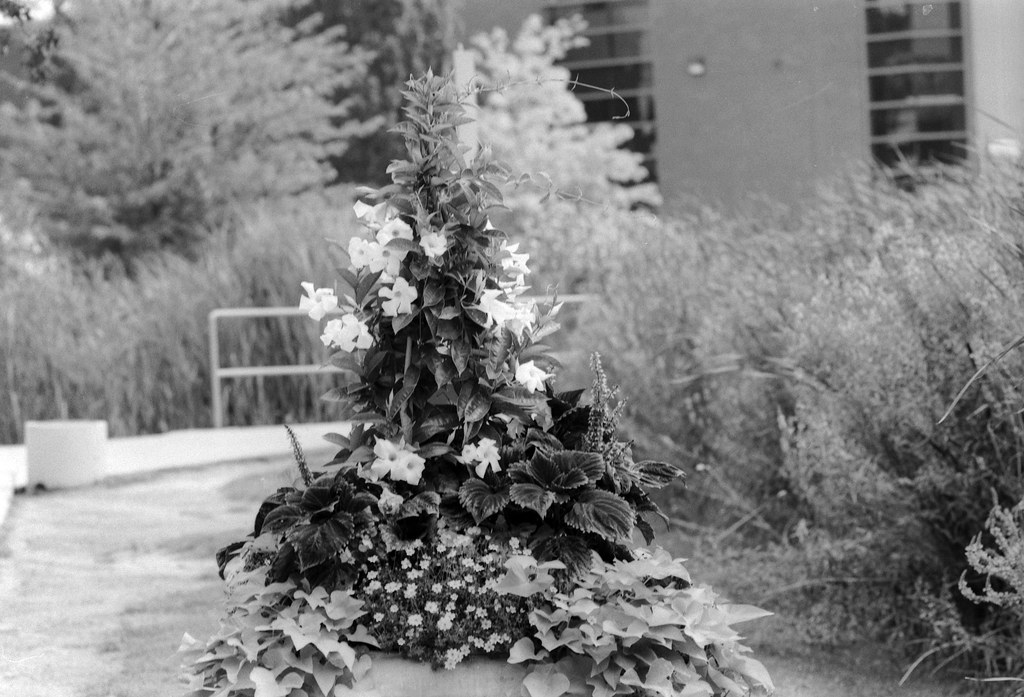


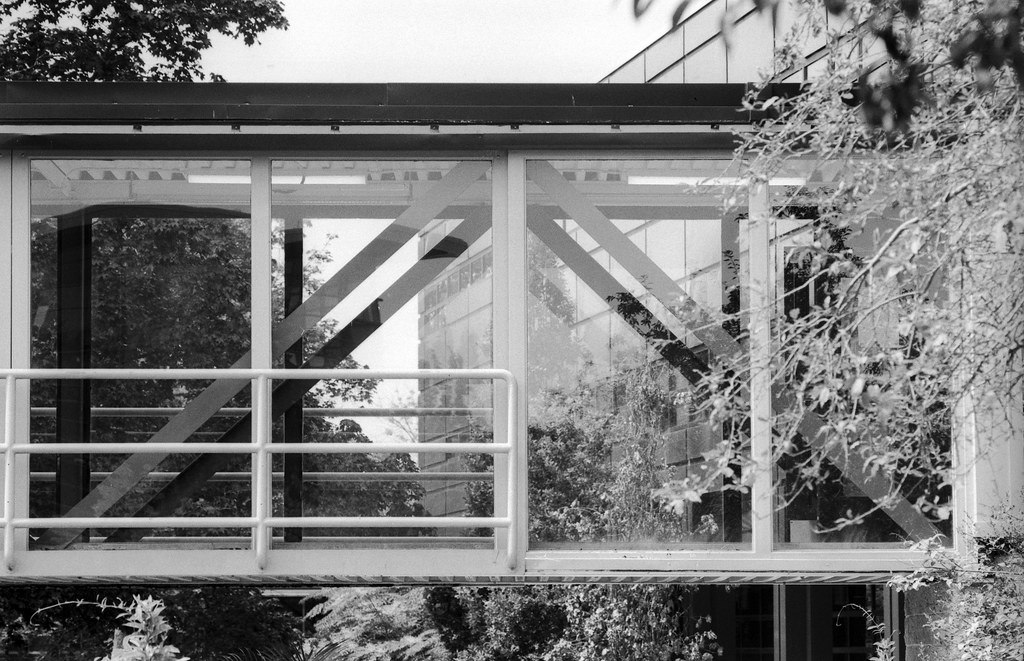
Lowdown
While often overlooked in favour of its older sibling, the AE-1 Program, the AE-1 does still hold a high value on the used market. The high price is not warranted in both of these camera cases. On auction sites and similar places, you’ll pay an average of 200$ for a camera, which often comes with a lens. A body alone will run between 70-100$ depending on the condition and where you purchase it. In most cases, you should ensure the camera works and is in good condition. Remember that the metallic coating can flake, and the battery door is a weak spot, but if they aren’t in the best shape, the camera will still function. Repair work is limited on the camera given that it relies on electronics for all functionality, but it is not impossible with the possibility of requiring a doner camera. So does the AE-1 live up to the hype? I don’t see the camera’s draw beyond its place in history, like the AE-1 Program; I think the popularity is tied to the cult of celebrity and the tonne of ‘influencers’ using the camera. As a camera, it isn’t anything special; it does a good job, you can get some excellent lenses with the system, and it takes good images (technically). Will I keep using the camera? It’s always fun to have another system that isn’t Nikon in the semi-automatic manual focus, and going with shutter priority is a challenge as I mainly think in aperture priority. But I will put it through the paces next year to review the lens kit.
Further Reading
Don’t just take my word on the AE-1; you can check out the reviews by other awesome camera reviewers!
35mmc – Canon AE-1 Review – The Hater’s Guide
Lomography – Canon AE-1: The Workhorse
Dusty Grain – Canon AE-1 Review: The camera that made everything right
Cultured Kiwi – Canon AE-1 Review: A Classic Camera 35mm Film Camera
High 5 Cameras – Canon AE-1 Review – Look Out! There’s a Monster Coming!


Thank you for the review. I enjoyed reading it.
I had been shooting with my Minolta CLE for almost 10 years. This summer the shutter in it went dead which forced me to buy a new camera. There was a decent Nikon FE2 in Ukraine where I live, so I bought it. And it is fantastic!
It amazes me the prices people pay for this camera which is extremely abundant. OTOH another very abundant camera is the Minolta X-700 and it’s prices are very reasonable. I, personally would never pay for an AE-1 as I have an upper limit of $75 which purchased almost everything between 2000-05. There were rare exceptions. I do have one that was rarely used and donated to me 10 years ago and still hasn’t been used as I am more likely to use the FTb if I pick up a Canon.
Top notch review as always. I picked one of these up a few years ago in a nearby antiques mall, where it had been sitting in a case for a few years with a price of $40 US. I felt sorry for it. Purchased it for $35, and was a little surprised to find it fully working. I agree completely with your summary, it’s a perfect pleasant camera and takes good pictures. I prefer aperture priority myself.
Enjoyed your review. I was selling cameras when the Canon Camera AE-1 came on the scene. It was the easiest camera to sale. Customers would ask for the Canon, the Minolta, the Pentax. When I would go over the basic features of the cameras it was the Canon AE-1 that they wanted further information on.
The lens you mentioned in your view was the most important three lens to own. The only thing I was surprised you didn’t mention UV filters. That was the most important piece of equipment to own. If the lens got scratched to bad so sad you had to replace the lens. If the UV filter got scratched you were only out $12.00.
You mentioned the plastic on the camera. It was a major problem with the camera special on the base. We were trained to tell the customer if traveling with the Camera kept it in a case that would protect the camera from the heat. Get one of those cases that looks like hard sided suitcase with foam inside or a backpack for cameras that had a lot of foam. The customer would elect to get a cheaper case with little or no protection. A month later the camera bottom was melted and took the shape of a smile when the autowinder was on. We would tell the customer they had two choices one we could send the camera out for repair or they can drive to Costa Mesa CA.
Most of the cameras that went out for repair Canon fixed the problem. When the customer came back to get a case to store the camera properly plus a case for all the accessories they purchased for the camera. The customer would purchase the case that looked like a hard sided suitcase
Thanks for hearing me out .
Chis